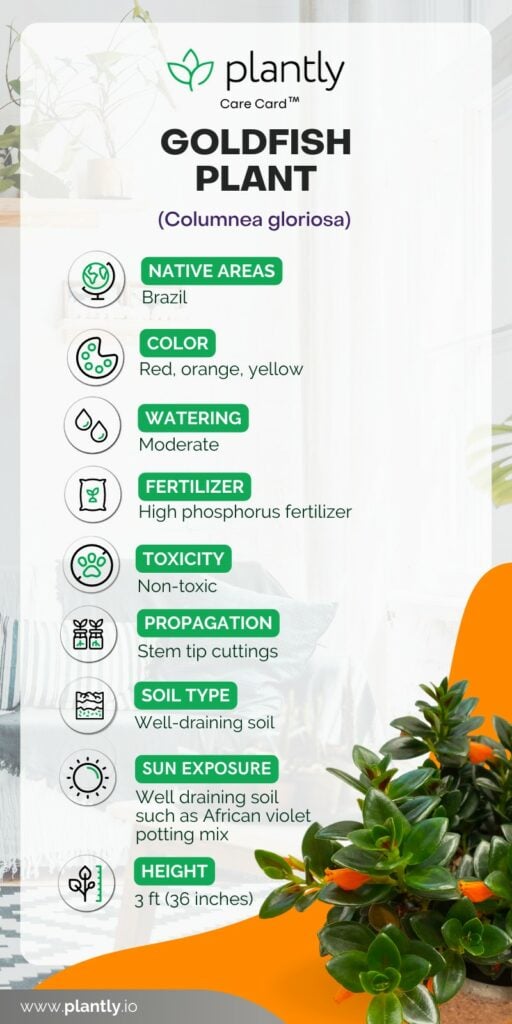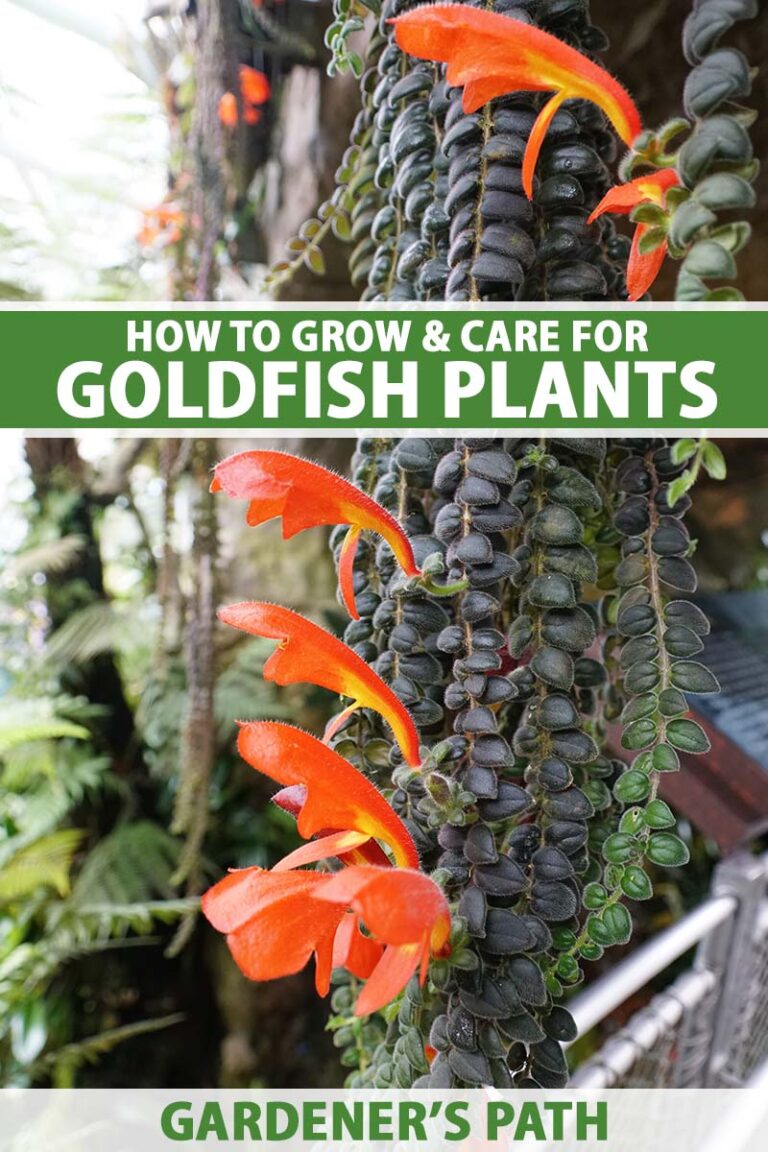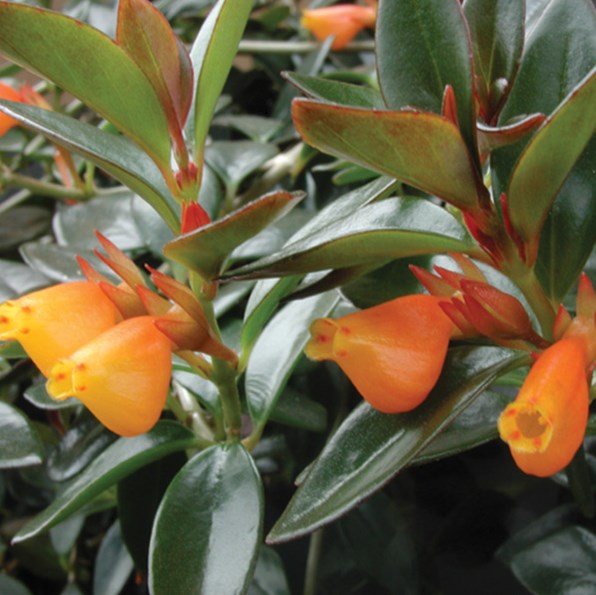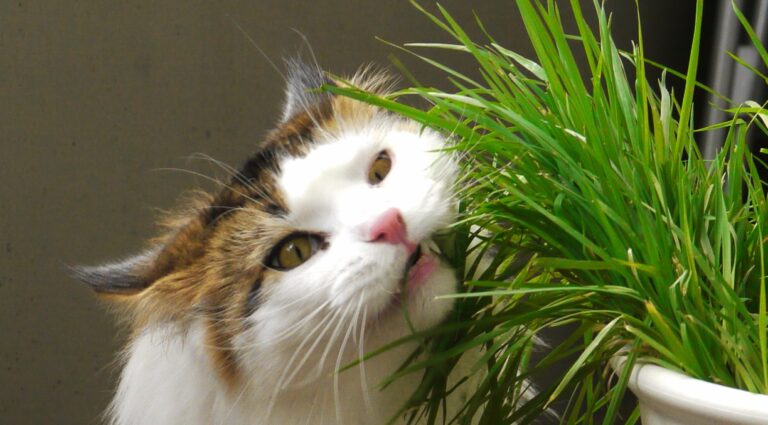How to Ensure Blooming
Optimal Sunlight Exposure
Goldfish plants thrive when provided with the right intensity and duration of light. Optimal sunlight exposure enhances blooming and overall plant health. These plants require bright, indirect light for 4-6 hours a day.
| Light Exposure | Hours |
|---|---|
| Bright indirect light (daily) | 4-6 |
| Direct morning sunlight (morning) | 3 |
| Afternoon shade (summer) | Partial |
Providing bright indirect light from a western window from April through October and a southern window from October through April can greatly benefit goldfish plants (Garden Web).
Fluorescent lighting or plant lamps can also be used to provide the necessary bright, indirect light. This is crucial for maintaining the proper lighting environment since goldfish plants are sensitive to high temperatures (Southern Living).
Proper Watering and Humidity
Maintaining proper watering and humidity levels is essential for the goldfish plant to bloom. These plants typically flower during the warmer months, primarily from spring to summer, under optimal conditions (Spider Farmer).
Goldfish plants appreciate high humidity. Misting the leaves helps to increase humidity around the plant, promoting overall health and blooming. However, ensure to avoid excessive moisture on the leaves to prevent fungal issues. Regular goldfish plant watering is critical to avoid problems like wilted foliage or reduced flower bud production. A consistent watering schedule is key.
| Care Aspect | Notes |
|---|---|
| Watering | Maintain a regular schedule and avoid underwatering |
| Humidity | Use misting, humidifiers, or place in humid environments |
| Winter Care | Water sparingly and increase humidity by placing in bathroom or misting |
To prevent issues like curling leaves or sudden flower loss, avoid underwatering and direct sunlight. Using a humidifier or a water spray bottle can help maintain the proper humidity levels for these plants.
For more detailed guidance, check our article on goldfish plant humidity and other goldfish plant care instructions.
Troubleshooting the Lack of Blooms
If your goldfish plant won’t bloom, it may be a sign that it needs some adjustments in care. Here are some common issues and solutions to troubleshoot why your plant might not be blooming.
Signs of Underwatering or Overwatering
Underwatering and overwatering can have detrimental effects on your goldfish plant’s ability to bloom. Recognizing the signs can help you adjust your watering practices:
Underwatering:
- Wilting leaves
- Brown leaf tips
- Dry soil
Overwatering:
- Yellowing leaves
- Root rot
- Soggy soil
Proper watering is crucial for the overall health of the plant. Goldfish plants prefer consistently moist soil, but not waterlogged. For comprehensive guidance on maintaining the right moisture levels, refer to our article on goldfish plant watering.
Understanding Plant Nutrition and Fertilization
Adequate nutrition is essential for encouraging your goldfish plant to bloom. These plants require a balanced supply of nutrients, including nitrogen, phosphorus, and potassium, along with micronutrients like iron, manganese, and zinc.
| Nutrient | Function |
|---|---|
| Nitrogen (N) | Promotes foliage growth |
| Phosphorus (P) | Encourages root and flower development |
| Potassium (K) | Boosts overall plant health |
| Iron (Fe) | Essential for chlorophyll production |
| Manganese (Mn) | Supports photosynthesis |
| Zinc (Zn) | Aids in hormone production |
Selecting a suitable fertilizer is important. Opt for a balanced ratio such as 10-10-10 or 20-20-20 to provide the plant with essential macronutrients. Additionally, fertilizers with seaweed extracts or beneficial soil microbes can provide extra support.
For further advice on fertilizers and boosting your plant’s bloom potential, please refer to our page on goldfish plant fertilizer.
For best results:
- Use a phosphorous-rich fertilizer during the blooming season to stimulate flowering (Greg).
- Always follow the recommended application rates to avoid nutrient burn.
For additional troubleshooting tips and plant care advice, check out:
By correctly identifying issues and providing the necessary adjustments to watering and nutrition, you can help your goldfish plant thrive and bloom beautifully.




